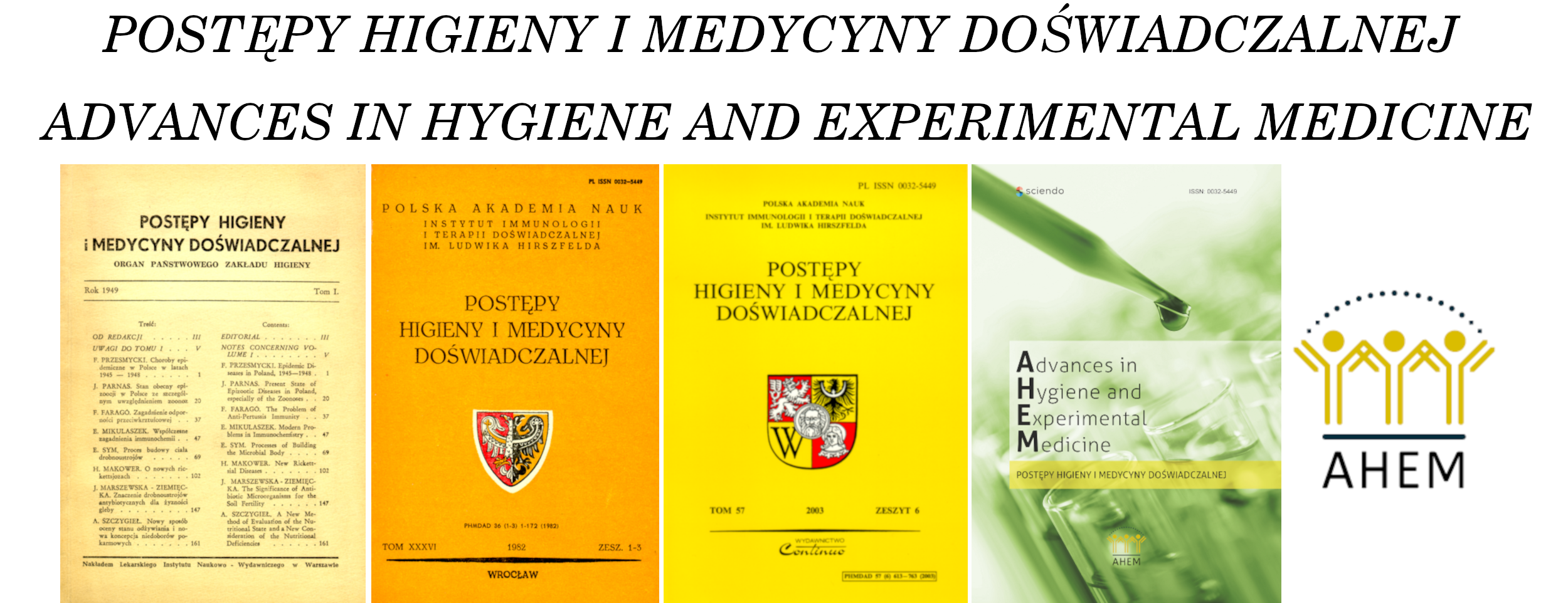M Magott 1
1. Katedra i Klinika Nefrologii, Akademii Medycznej we Wrocławiu.
Published:
GICID: 01.3001.0000.3174
Available language versions: en pl
Issue: Postepy Hig Med Dosw 1998; 52 (3)
Abstract
Genetic abnormalities in two metabolic steps in homocysteine degradation: transsulfuration and remetylation can cause raised plasma homocysteine concentration. Homocysteine appeared to be an independent arteriosclerotic risk factor in the coronary, cerebral and peripheral circulation and elevated homocysteine levels have been found in chronic renal failure patients undergoing hemodialysis treatment and in transplant patients as well. Homocysteine has a direct toxic effect on endothelial cells, reduces normal activation of protein C by endothelial cells, increases the binding of Lp(a) to plasmin-modified fibrin, induces tissue factor procoagulant activity and inhibits the cofactor activity of thrombomodulin. Treatment with folic acid and piridoxine can lower the high level of homocysteine and should be associated with a clinical benefit.
